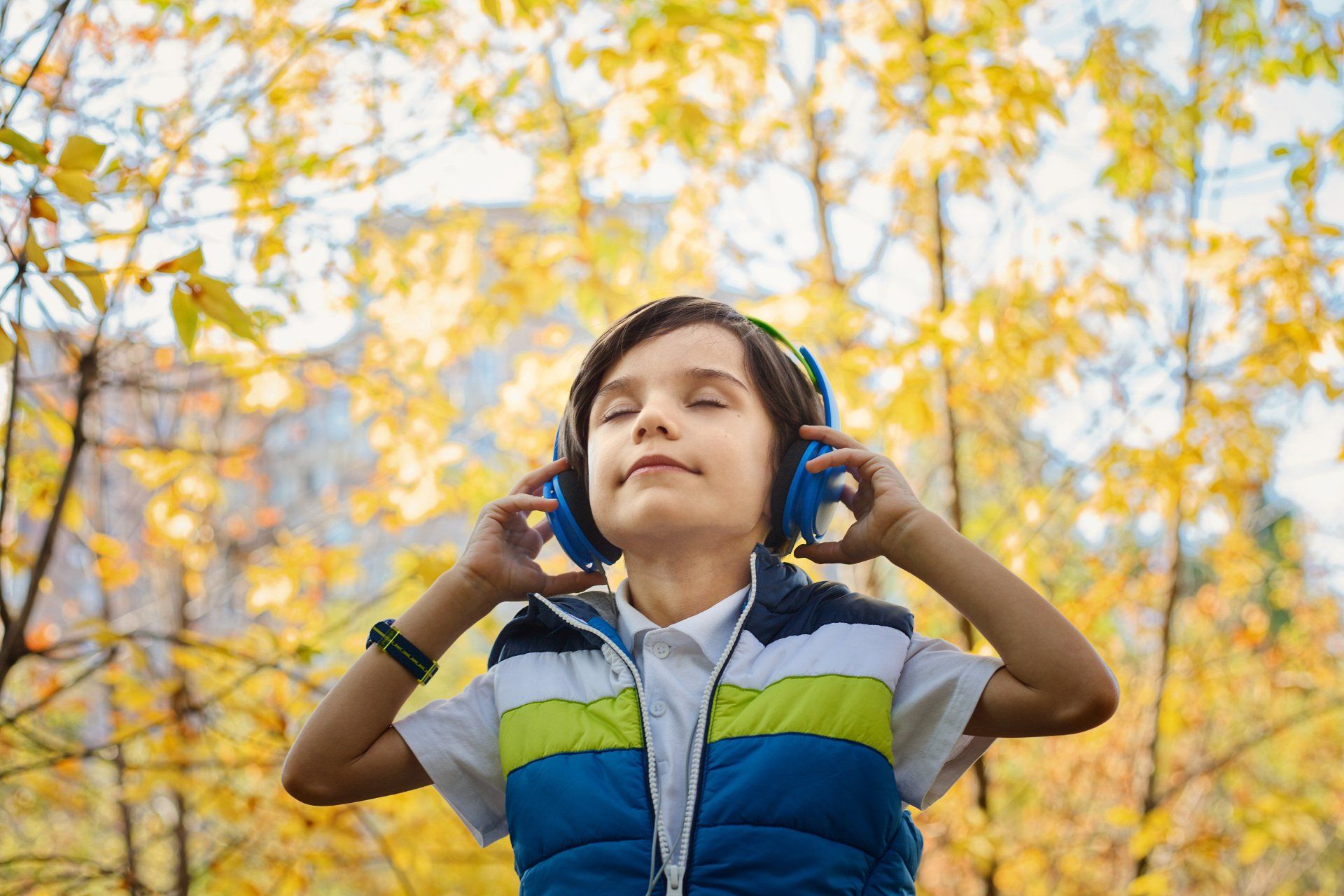As a psychologist specializing in treating ADHD with Neurofeedback [EEG-Biofeedback] for over 20 years, I’ve heard many questions regarding using Neurofeedback to treat this disorder. Here is one of the most frequent and important ones:
“My son is having significant behavior problems at school and home. His teacher is calling me, he’s making bad decisions, and he doesn’t think before he says or does things. I don’t know what to do.”
What may be the problem is Hyperactive-Impulsive ADHD. While most people have a pretty clear understanding of inattention and hyperactivity, the terms “impulsive” or “impulsivity” can be somewhat confusing.
In regard to ADHD, there are two forms of impulsivity: Behavioral Impulsivity and Cognitive Impulsivity.
Behavioral Impulsivity–Actions : People with symptoms of behavioral impulsivity do not stop and think before they act. No matter how many times they are told to “think first”, they are unable to; and in most cases, can not exercise this type of forethought or judgement. They usually are not able to learn from past mistakes. They act on first impulse. This can be quite exasperating to parents, teachers, and other caregivers (which may add to the problem).
These ADHD children often:
- Cut in line
- Can’t wait their turn
- Blurt out answers in class
- Speak when they’re supposed to be quiet
- May show aggressive behaviors
- Are often too loud
- Sometimes fight
They can start a friendship or relationship, but it often fails as they blurt out the wrong thing at the wrong time. This can also lead to isolation, as others don’t “get” them, which in turn inhibits the learning of other important social skills.
Cognitive Impulsivity– Thinking and Choices : People with symptoms of cognitive impulsivity do a lot of guesswork. Often, these individuals will make multiple guesses in a short period of time. If you give them multiple choices to a question orally, they will guess for the right answer very quickly, until you step in and say, “That’s it,” when they guess right. This pattern only reinforces guessing.
These individuals have a very limited problem-solving strategy. They will usually just let trial and error carry them through. This not only tends to have a negative effect on how others perceive them, it also interferes with their ability to learn new material, and further develop more effective problem-solving strategies. If this disorder is not corrected, no amount of direction, encouragement, or discipline will change this inability.
Fortunately, both these problems, as well as other sub-types of ADHD, can usually be corrected without medication. Neurofeedback is a highly effective, drug-free, painless procedure with no side effects in which the individual learns to retrain the impulsive, hyperactive, and/or attention mechanisms of the brain. Once treatment is complete, no further training is necessary.



